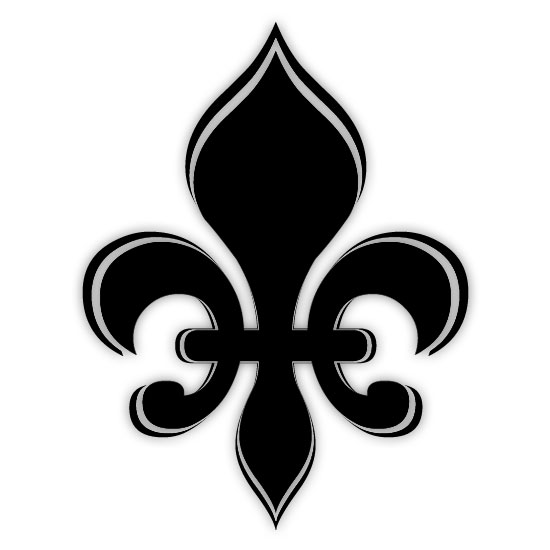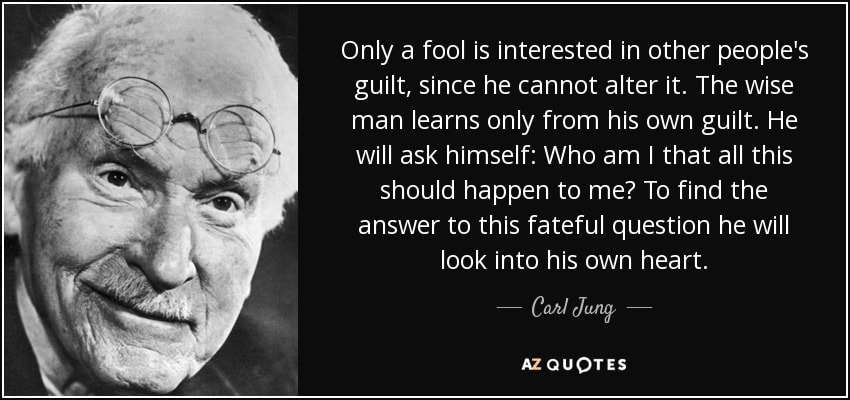|
"Who am I that all this should happen to me?" When in the depths of developing Em's character for Broken Blue Willow, I realized she needed a plausible reason to continue her superstitious behaviors into adulthood without turning the story into an all-out supernatural fantasy. In writing, I prefer to question the existence of the paranormal, to hint at it, not to deem it real or unreal. After much contemplation, I realized that Em's behaviors are a direct result of what she believes to be true. While I researched superstitions, I came across the term "personal mythology" for the first time, and it instantly clicked with the character of Em. I have found no straightforward definition for the term, but I have read a collection of articles that help put the idea into focus. Basically, a personal myth is the story of our life that we tell ourselves and others, shaping it in a way to make sense of all the events that happen to us. A personal mythology is not based on facts, rather our perception of people, events, and ourselves. Here is an article from The New York Times that explains it better that I ever will. People use personal mythology to expain events in their lives because we yearn for answers. It's human nature to ask the big question that drives us toward personal myth-making: Who am I? Archetypes and Opposites One of my early fiction writing professors stated that every story begins with your passion. While I dislike the phrase "find your passion", his meaning was different. What questions do you have about life? Little questions, big questions, seemingly insignificant or inane questions. Ask the question and then write a story to answer it. The theme of personal myth-making for Broken Blue Willow stemmed from my own realization that I had put myself in a box at a young age and I had restricted myself based on that personal mythology. The realization came right after I graduated from college, but I never had a name for it until now. Within a family dynamic, people play roles, or archetypes, that steer their actions. As a child, I compared myself to my younger sister all the time. We are close in age and look generally similar, so strangers would sometimes ask if we were twins. Always a fan of fairy tales, I compared us to Snow White and Rose Red, which in my mind meant opposite. My infantile logic followed that whatever I deemed my sister to be, I was the opposite. My sister was pretty, therefore, I was not. She was outgoing, popular, and could sing and act on stage. Therefore, I must be shy, a social outcast, and a solitary, brooding writer. (In later conversations, I learned that she thought I was the smart one, so she must be the dumb one. Perception is key.) With age, I grew to understand how my childhood was the result of the restrictions I placed on myself, not outward forces placed against me. Part of Em's tragedy is that she never came to the same realization. She held fast to the belief that the world contained perils around every corner and the only way to protect herself was through superstitious rituals. Her personal mythology stems from a traumatic experience early in life. Until the age of four, Em lived in a fantasy world where good always prevailed. She dreamed of becoming the perfect mother (her archetype). Every story had a happy ending. When GG told her about the curse of the Blue Willow, she was forced to shift her thinking and change the idea of herself to reflect her new world view. Clumsy Mumsy was no longer a clever, lighthearted jab. Wrapped in the smothering family superstitions, the nickname became Em's alter ego and her nemesis. Clumsy Mumsy was her new personal myth. Finding Her Heroes One article I read about discovering your own personal mythology mentioned that we all try to emulate both male and female archetypes. One exercise I used to help flesh out Em's character was to list the female and male heroes from her childhood and how she saw them from her naive perspective. It was an entertaining process that illuminated and pinpointed some of her strengths, weaknesses, and goals. 1. Dorothy Gale 2. Princess Leia 3. Wonder Woman 4. Tin Man 5. Obi-Wan (Ben) Kenobi 6. Cinderella's Prince Charming In Em's mind, she wants to see herself as a cross between Dorothy and Obi-Wan Kenobi. I'll leave that mash-up to your imagination. Create Your Own Personal Mythology It can be challenging to think about the story of your own life looking backwards. It is a lot more enjoyable to do it for a fictional character of your own creation, or someone else's. If you're so inclined, I found a rather in-depth exercise titled 5 Steps for Remaking Your Personal Myth. I haven't attempted it yet, but it looks interesting.
Here's another, more simple example, Your Personal Mythology. You could even practice with a fictional character of your choice. Enjoy!
0 Comments
Leave a Reply. |
About meI write novels and poetry and this blog. Categories
All
Archives
January 2022
|









 RSS Feed
RSS Feed
